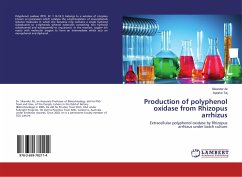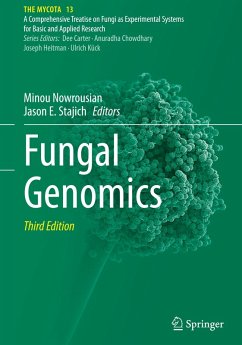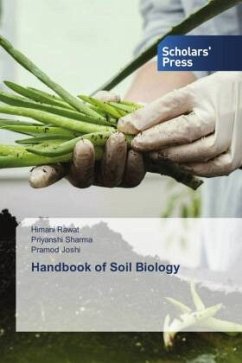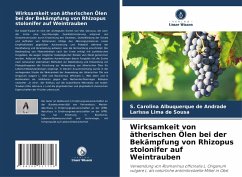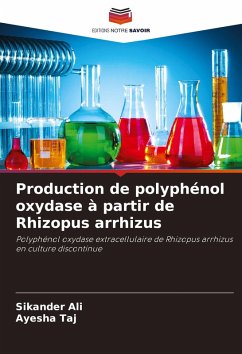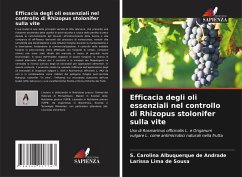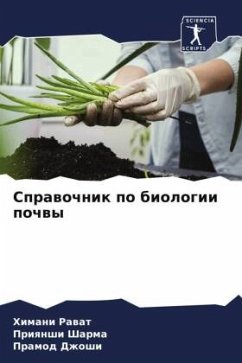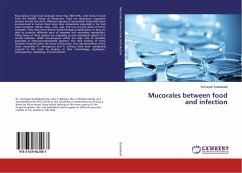
Mucorales between food and infection
Versandkostenfrei!
Versandfertig in 6-10 Tagen
43,99 €
inkl. MwSt.

PAYBACK Punkte
22 °P sammeln!
Mucoralean fungi have diverged more than 800 MYA, with known fossils from the Middle Triassic of Antarctica. They are ubiquitous organisms present all over the word. Different species of mucoralean fungi have been incorporated in human food since time immemorial especially in Far East Asian countries. Tempe, meju, sufu, ragi, and furu are just some of those examples. They have many diverse biotechnological applications as they are able to produce different sorts of enzymes and secondary metabolites. Today many of these species are emerging as new etiological agents of a mortal infection called...
Mucoralean fungi have diverged more than 800 MYA, with known fossils from the Middle Triassic of Antarctica. They are ubiquitous organisms present all over the word. Different species of mucoralean fungi have been incorporated in human food since time immemorial especially in Far East Asian countries. Tempe, meju, sufu, ragi, and furu are just some of those examples. They have many diverse biotechnological applications as they are able to produce different sorts of enzymes and secondary metabolites. Today many of these species are emerging as new etiological agents of a mortal infection called mucormycosis which has high rate of mortality especially in immunocompromised patients. The dual ecology of these fantastic fungi has been the focus of this book. Two representatives of the order mucorales; R. microsporus and R. arrhizus have been exemplarily covered in this work by looking at their morphology, phylogeny, pathogenicity, toxicology, and proteomics.



